Intro
As a senior dog owner, understanding and addressing senior dog aggression is crucial to providing the best care for your furry companion. Senior Dog Aggression can be a challenging issue to navigate, but with the right knowledge and strategies, you can help your aging pup live a happy and peaceful life.
In this blog post, we will delve into the causes behind senior dog aggression, the role of health challenges in triggering aggressive behavior, and effective management strategies to ensure a harmonious relationship with your senior dog.
Unveiling the Causes Behind Senior Dog Aggression
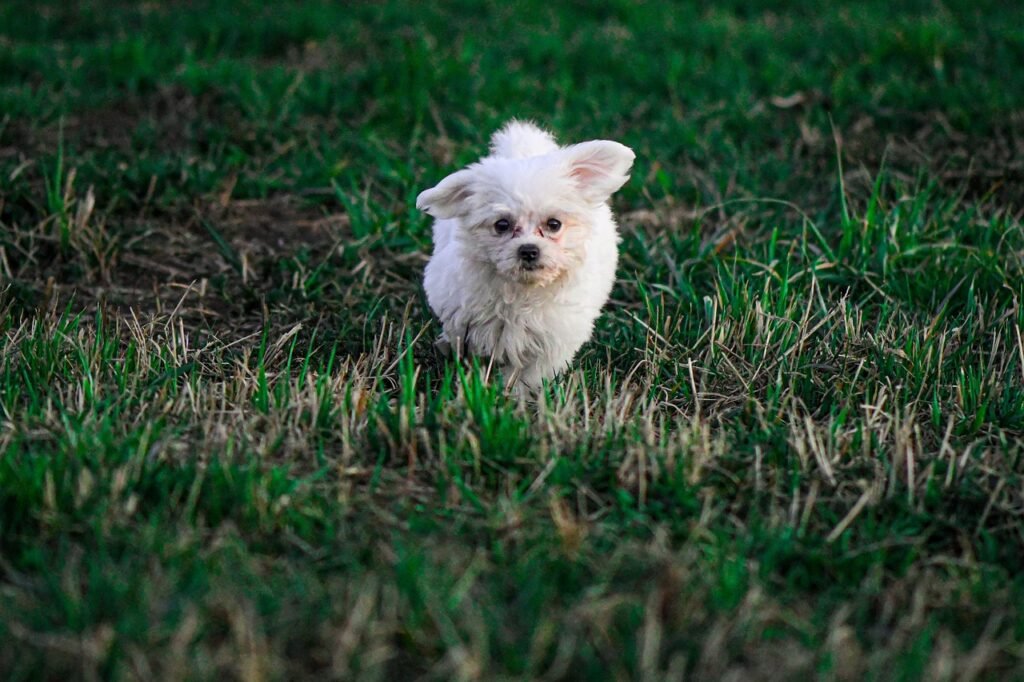
Identifying the root causes of aggression in senior dogs is the first step towards addressing this complex issue. As dogs age, they may become more susceptible to conditions that can trigger aggressive behavior. For instance, sensory decline, such as hearing loss or vision impairment, can make a dog more anxious and more likely to react defensively to unexpected stimuli. Recognizing these triggers allows for a more empathetic approach to managing their behavior.
Many senior dogs also experience a decline in cognitive function, known as Canine Cognitive Dysfunction (CCD), which can contribute to aggression. This condition may lead to confusion, disorientation, and anxiety, making previously familiar environments and situations stressful for them. Symptoms of CCD can often be misinterpreted as simple signs of “old age,” but understanding that these are medical conditions that can affect your dog’s behavior is crucial.
Chronic pain is another significant factor that can lead to aggression in senior dogs. Conditions like arthritis, dental disease, or hip dysplasia can make your dog more irritable and less tolerant of handling or disturbances. A dog in pain might snap or growl if touched in a sore spot or if they feel threatened by an approach they can’t escape from due to their reduced mobility.
Lastly, changes in the social environment can also impact a senior dog’s behavior. The introduction of new pets or family members, changes in the household routine, or the loss of a companion can be stressful and may trigger aggression. Senior dogs require stability and predictability to feel secure; significant changes in their environment can lead to anxiety and aggressive responses.
Understanding these underlying causes of aggression in senior dogs is essential in providing the appropriate interventions. By addressing the health and environmental factors contributing to aggressive behavior, owners can help their senior dogs lead more comfortable and less stressful lives.
Health Challenges and Their Role in Aggression
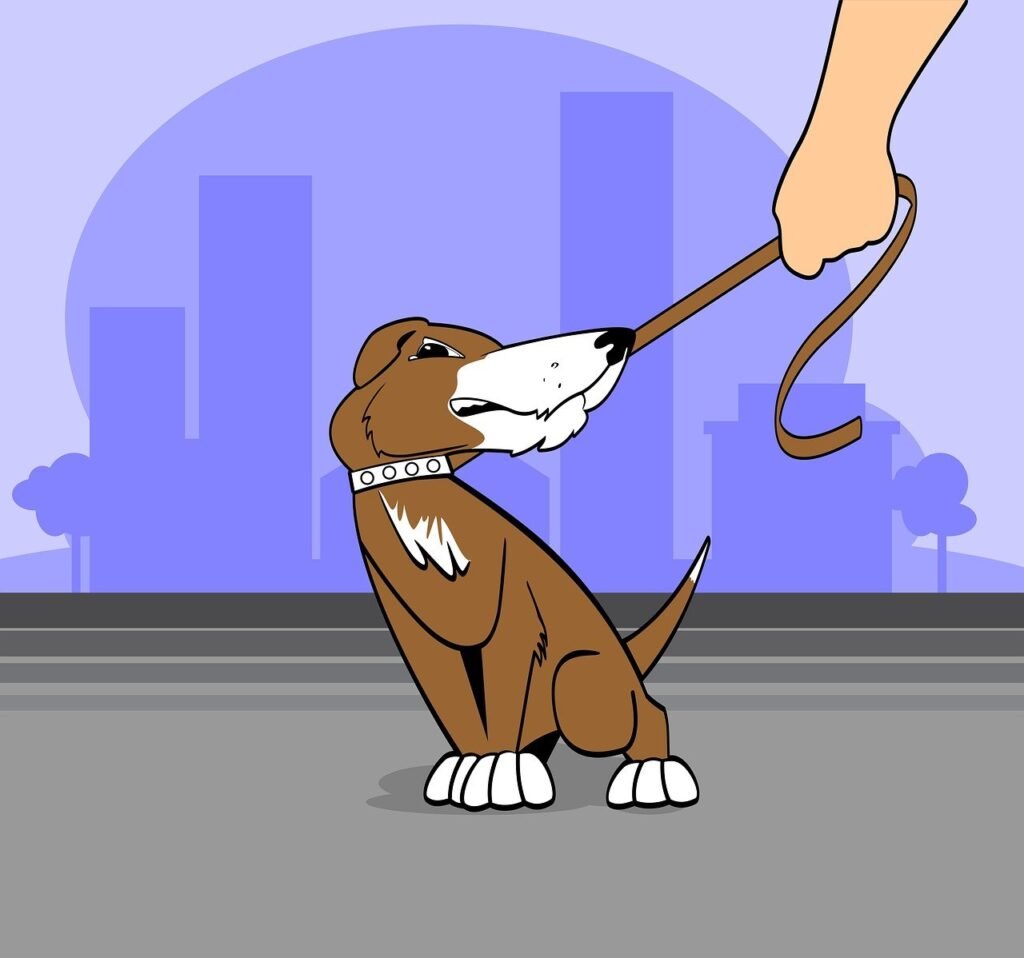
Navigating the health challenges of a senior dog can significantly impact their overall behavior and disposition. As dogs age, they may face a variety of physical conditions that not only cause them discomfort but can also increase their likelihood of displaying aggressive behavior. Regular veterinary care is essential to diagnose and manage such health issues early on, potentially preventing the onset of aggression related to discomfort or pain.
One common health issue that can influence a senior dog’s temperament is arthritis. This painful condition can make your dog more sensitive to touch and less tolerant of activities they once enjoyed, leading to unexpected aggressive reactions. Similarly, dental pain, often overlooked, can cause significant discomfort, resulting in your dog becoming irritable or snapping when faced with what they perceive as a threatening approach.
Cognitive dysfunction syndrome (CDS) presents another layer of complexity in managing aggression in senior dogs. As their mental faculties decline, they may exhibit signs of confusion, anxiety, or fear, which can manifest as aggression. Creating a stable and supportive environment for dogs experiencing CDS can help mitigate these behavioral changes, emphasizing the need for a compassionate and patient approach to their care.
Finally, the importance of a comprehensive health management plan cannot be overstressed. Integrating pain management strategies, cognitive support supplements, and accommodations for sensory impairments into your senior dog’s routine can significantly enhance their quality of life.
This proactive approach not only addresses the direct symptoms of their health challenges but also serves to prevent the behavioral issues, such as aggression, that stem from these conditions.
In addressing the health challenges faced by aging canines, it’s crucial to adopt a multifaceted strategy that includes regular veterinary visits, personalized care plans, and an understanding of how physical health impacts behavioral health.
This comprehensive approach ensures that senior dogs receive the care they need to live out their golden years with dignity and comfort, minimizing the risk of aggression as a symptom of underlying health issues.
Navigating Cognitive Decline and Aggression

Cognitive decline in senior dogs often leads to noticeable changes in behavior, including an increase in aggressive responses. These shifts are rooted in the dog’s diminishing mental faculties, which can cause confusion, fear, and anxiety. It’s important to approach these changes with empathy, recognizing that your senior dog’s aggression is not a choice, but a reaction to their declining cognitive state.
Providing a structured environment and gentle guidance can help ease their distress.
Adjusting to your senior dog’s cognitive needs requires patience and creativity. Engaging them in simple, mentally stimulating activities tailored to their current abilities can significantly impact their quality of life. For example, using scent games or hiding treats around the house can provide gentle stimulation without overwhelming them. It’s crucial to observe your dog’s reactions and adapt activities to ensure they remain positive and stress-free experiences.
Creating a consistent routine also plays a pivotal role in managing a senior dog’s cognitive decline and associated aggression. Dogs thrive on predictability, and a familiar schedule can reduce confusion and anxiety in a dog facing cognitive challenges. Regular feeding times, walks, and rest periods can provide comfort and stability, helping your senior dog navigate their day with more confidence and less fear.
The physical environment should be safe and easy to navigate for a dog experiencing cognitive decline. Minimizing obstacles, maintaining clear pathways, and providing ample resting areas can prevent frustration and accidents that might trigger aggressive behavior. Similarly, a quiet, comfortable space for your dog to retreat to when feeling overwhelmed can be a sanctuary for them, offering peace in moments of disorientation or stress.
Lastly, it’s essential to monitor and adapt your response to your senior dog’s changing needs. As their cognitive function declines, what worked previously may no longer be effective. Maintaining open communication with your veterinarian can help you stay ahead of these changes, allowing you to adjust care strategies as needed. Recognizing and addressing cognitive decline through compassionate, thoughtful care can significantly mitigate aggression, improving the quality of life for both you and your beloved senior dog.
Management Strategies for Senior Dog Aggression
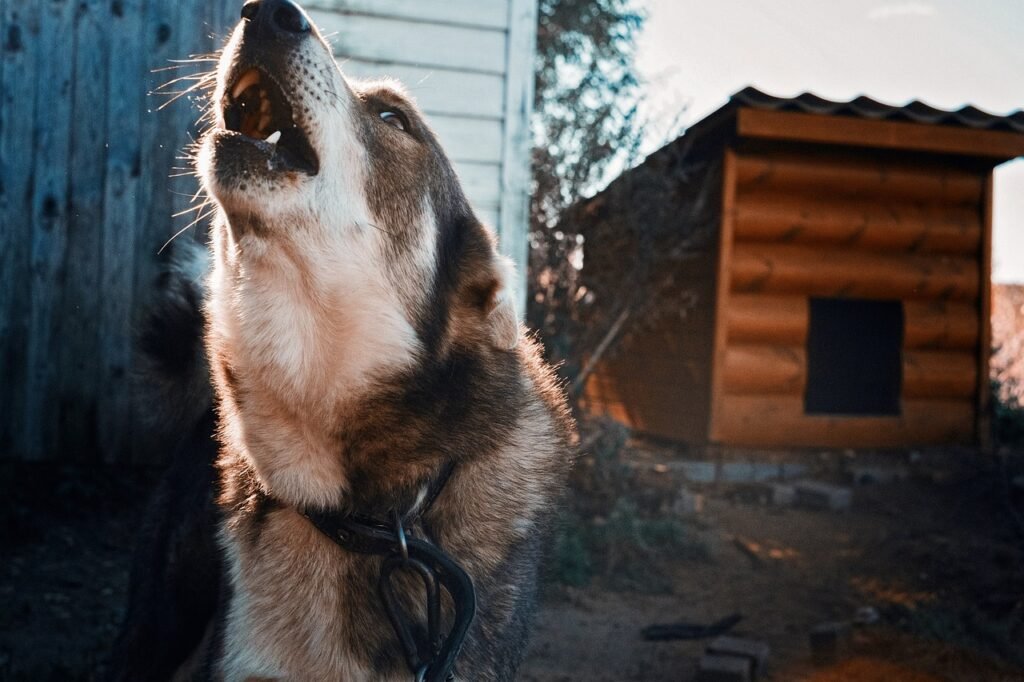
Developing a plan to manage senior dog aggression requires a nuanced approach that prioritizes gentle, positive reinforcement techniques. Establishing a consistent routine filled with familiar activities can significantly reduce stress for your aging companion, making them feel more secure in their environment.
Incorporating positive reinforcement into your daily interactions rewards calm behavior and discourages aggression, reinforcing a peaceful coexistence. It’s important to use treats, praise, or favorite toys as rewards, creating a positive association with good behavior.
Introducing behavior modification techniques can also play a pivotal role in managing aggression in senior dogs. Tailoring these techniques to the individual dog’s needs and limitations is crucial, as it respects their physical and cognitive capabilities. For instance, if a dog shows aggression when approached too quickly, teaching them a signal for approach can help them feel more prepared and less threatened. This process requires patience and understanding, focusing on gradual progress and celebrating small victories along the way.
A structured and predictable environment goes a long way in minimizing anxiety and stress that can lead to aggression. This structure includes regular feeding times, scheduled walks, and predictable periods of rest and activity. Such predictability helps senior dogs feel safe and secure, reducing the likelihood of aggressive outbursts. It’s equally important to minimize exposure to known triggers, such as loud noises or unfamiliar guests, which can overwhelm an aging dog’s senses and lead to stress-induced aggression.
Creating a calm and supportive atmosphere at home is essential for a senior dog navigating the challenges of aging. This involves not only physical comfort, such as providing accessible beds and quiet spaces but also emotional support. Engaging in gentle play, offering soothing words of encouragement, and spending quality time together can strengthen the bond between you and your senior dog, making them feel loved and protected. This emotional connection is key to mitigating feelings of insecurity or fear that can fuel aggression.
Lastly, maintaining open lines of communication with your veterinarian is vital. They can offer valuable insights into your dog’s health and behavior, suggesting adjustments to your management strategies or recommending when it might be time to seek the help of a professional behaviorist. Managing senior dog aggression is a journey that may require adjustments along the way, but with a thoughtful and informed approach, it is possible to enhance the quality of life for your aging companion.
Creating a Peaceful Home Environment
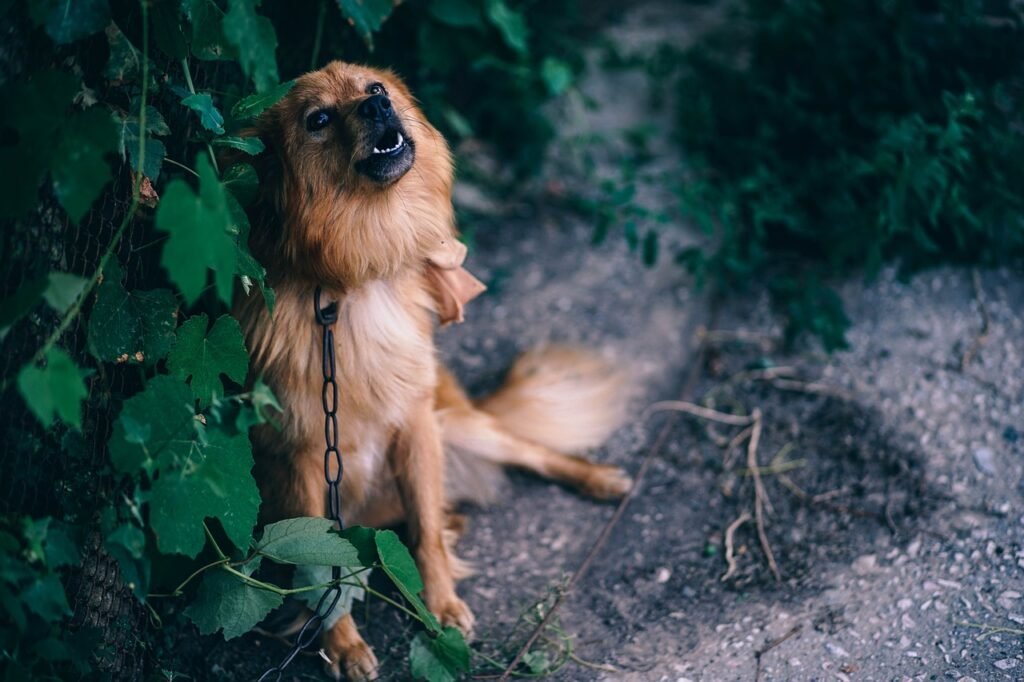
Establishing a serene atmosphere in your home plays a critical role in mitigating stress-induced aggression in senior dogs. Initiating this process involves designating a quiet, comfortable space exclusively for your pet where they can find solace and rest undisturbed. This area should be away from high-traffic zones in your home to ensure it remains a calm refuge. Additionally, incorporating their favorite bed, toys, and perhaps an item of clothing with your scent can make this space more inviting and reassuring for them.
Adapting your home to cater to your senior dog’s changing needs fosters a sense of security and familiarity. For instance, navigating the house can become challenging for dogs experiencing vision loss or mobility issues. By maintaining clear paths, reducing clutter, and possibly adding ramps for easier access to furniture or vehicles, you contribute significantly to creating a stress-free environment. These adjustments help prevent the frustration and fear that can trigger aggression in senior dogs struggling with physical limitations.
The implementation of a consistent daily routine cannot be overstressed in its importance for aging dogs. Knowing what to expect each day — from mealtimes to walks and periods of rest — can profoundly impact a senior dog’s emotional well-being. Such predictability eliminates unnecessary stress and anxiety, paving the way for a more peaceful and aggression-free household. It’s essential to stick to these routines as closely as possible, even when your schedule might tempt you to stray.
Incorporating soothing elements into your home environment can also play a significant role in calming an anxious senior dog.
Soft music or white noise machines can mask startling sounds from outside, while pheromone diffusers or CBD products, specifically designed for dogs, might provide an additional layer of relaxation. Consulting with your veterinarian about these aids can help you choose the safest and most effective options.
Through these mindful adjustments and considerations, creating a peaceful home environment for your senior dog becomes an achievable goal. This effort not only enhances their quality of life but also strengthens the bond between you, demonstrating your deep commitment to their well-being during their golden years.
The Role of Exercise and Mental Stimulation

Understanding the importance of exercise and mental stimulation for senior dogs is crucial in maintaining their physical and mental well-being. Engaging in light, appropriate exercise like short walks can help manage their energy levels and keep their joints healthy. Additionally, mental stimulation through interactive toys or simple training exercises keeps their mind sharp, combating the dullness that can lead to frustration or aggression. These activities not only support their physical health but also provide a valuable outlet for stress, which can significantly reduce incidents of aggression.
Incorporating puzzle toys into your senior dog’s routine offers a dual benefit of mental engagement and the reward of treats, which can be especially motivating. These toys encourage problem-solving skills and can be a gentle way to keep their cognitive functions active. Changing the puzzles regularly can help keep these activities challenging and fun for your dog, preventing boredom and potentially aggressive behavior due to frustration or lack of stimulation.
Creating opportunities for new sensory experiences can also play a vital role in your senior dog’s mental stimulation. Introducing them to different textures, smells, and gentle sounds can enrich their environment and provide a sense of novelty without overwhelming them. These experiences can be as simple as taking different routes during walks or offering toys with various textures and sounds. Such diversity in their daily experiences helps maintain their curiosity and engagement with the world around them, contributing to a more content and less aggressive demeanor.
Tailoring the type and intensity of activities to your senior dog’s individual health status and mobility levels is essential. As they age, their tolerance for physical activity may decrease, and their interests may shift. Observing and adapting to these changes ensures that exercise and mental stimulation remain enjoyable and beneficial parts of their routine.
For instance, if your dog shows signs of discomfort during certain activities, it might be time to explore softer, more supportive play surfaces or shorter, more frequent walks. This adaptive approach ensures that your senior dog continues to benefit from physical and mental activity without the risk of stress or injury, fostering a peaceful and fulfilling life in their golden years.
When to Seek Professional Help
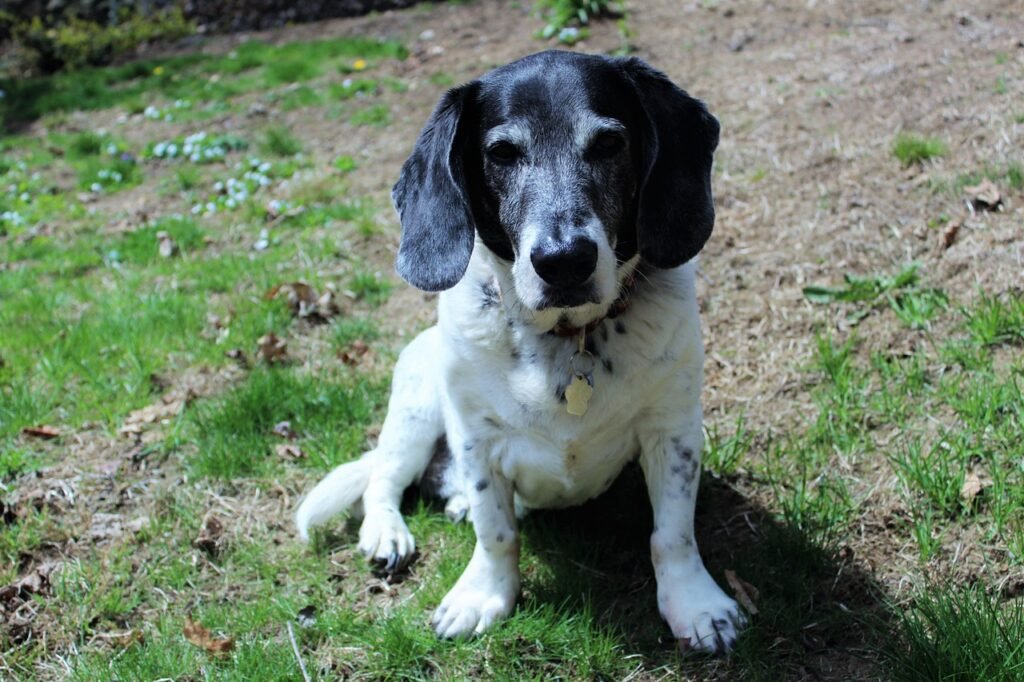
Dealing with persistent or escalating aggression in your senior dog can be disheartening and challenging. When your efforts at home do not seem to mitigate aggressive behaviors, it’s a clear indicator that external expertise might be required. A veterinary behaviorist or a certified dog trainer who specializes in geriatric canine behavior can offer invaluable assistance. They bring a wealth of knowledge and experience in identifying deep-seated issues that may be contributing to aggression, crafting personalized plans that address these specific needs.
Understanding when to transition from personal management to professional intervention is crucial for your dog’s welfare. If you notice that your dog’s aggression is not improving or if it worsens over time, this is a significant sign. Professional help can not only provide strategies to manage aggression but can also explore potential medical underpinnings that could be exacerbating the issue. These specialists work closely with you and your dog, ensuring that interventions are suited to your dog’s health status, temperament, and your home environment.
The journey towards managing senior dog aggression does not have to be navigated alone. Reaching out for professional assistance is a step towards ensuring the safety and happiness of both you and your dog. Veterinary behaviorists and certified dog trainers can also work in tandem with your regular veterinarian, offering a holistic approach to your dog’s health and behavioral needs. This collaboration maximizes the effectiveness of any proposed strategies, providing a supportive network for both you and your canine companion.
Lastly, remember that seeking help is a sign of strength and dedication to your senior dog’s quality of life. By choosing to involve professionals, you are taking a proactive stance in addressing aggression, underlining your commitment to providing the best possible care. This decision not only aids in creating a more peaceful home environment but also strengthens the bond between you and your senior dog, reaffirming your role as their compassionate and understanding caregiver.
